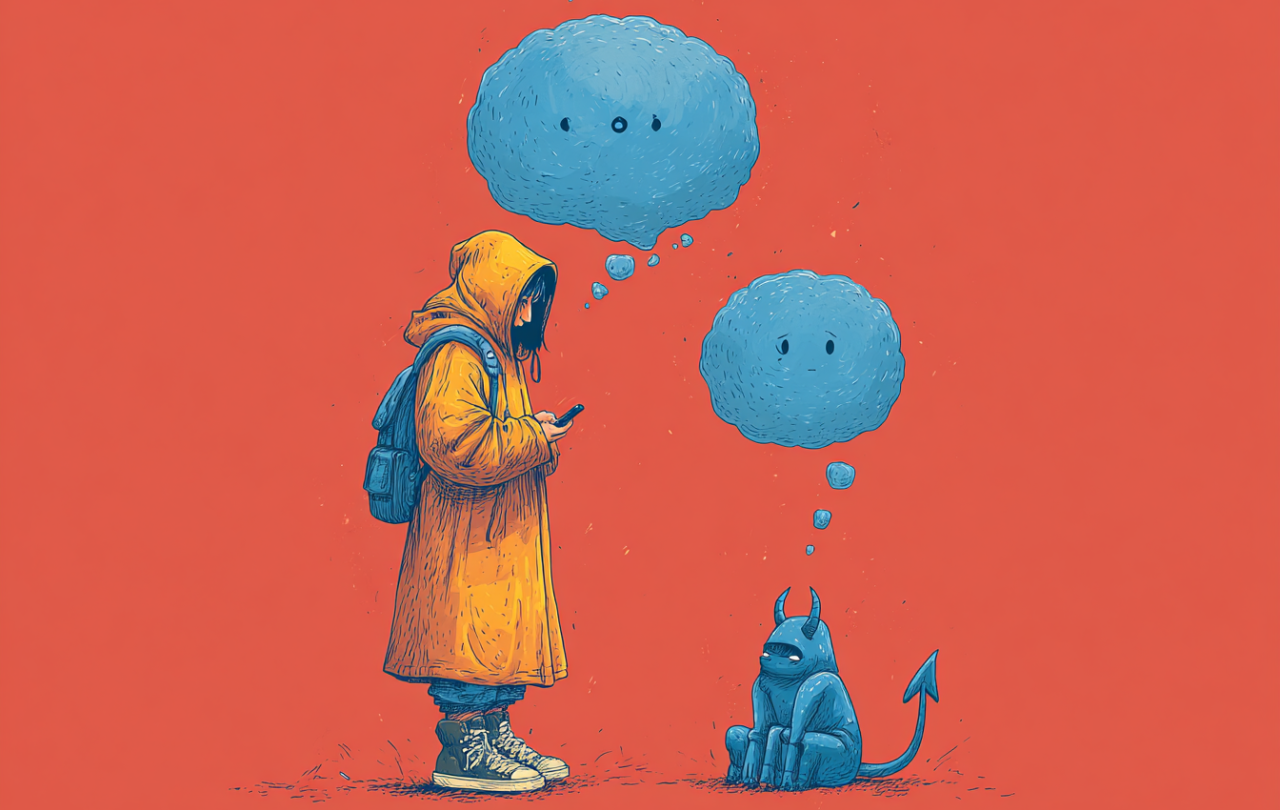
Last week Seen & Unseen published Jonah Horne's article: Atheism discovers Christianity — just not the inconvenient bits.
Lloyd Thomas replied to his friend.
Jonah, I want to start by saying how much I appreciate this article. I read sincerity and a clear love for your faith, which I deeply respect. Your reflections on the ways people engage with Christianity shows that you care not just about doctrine but about the lived experience of others. That quality is rare and valuable in public discussions of religion.
I do, however, find myself seeing some things differently. You describe atheism as “cannibalistic” and self-defeating, suggesting that atheists ultimately cannot escape some form of reliance on faith, even if it only faith in oneself or in society. I can understand why you might see it that way, especially when atheists acknowledge the moral and social benefits of religion. However, I think that framing risks misrepresenting what atheism actually is.
Atheism is not a belief system, but simply the absence of belief in gods. It does no prescribe moral codes or ways of life. What follows that absence is human creativity, philosophy, and ethical reasoning which gives shape to how we live. For many atheists, this takes the form of humanism, secular ethics, or a commitment to curiosity, kindness, and living well.
Recognising the value in religious practice, as Alex O’Connor suggests when they encourage someone to keep their faith if it helps the live well, is not a contradiction. It is an acknowledgment that religion can bring meaning, comfort, and transformations. These qualities can be appreciated without subscribing to metaphysical claims.
Humility is not the exclusive province of faith. True humility involves acknowledging the limits of human knowledge while striving to live gently, thoughtfully, and ethically in the world. Many atheists I know try to live humbly and compassionately, guided by curiosity and care for others rather than divine command. In this sense, humility and moral insight are not dependent on religious belief, even if they are often inspired or nurtured by it within faith communities.
Where I think we most deeply meet is in our shared care for love, justice, and courage. You see these as reflections of divine grace. I see these as expressions of our shared humanity. Perhaps we are naming the same light in different ways. Recognising that shared light feels like a fruitful place for dialogue and mutual respect. Our motivations may diverge without diminishing one another.
I hope this response affirms your sincerity while sharing an honest perspective from my own experience and understanding. I see faith as something beautiful and transformative and I celebrate it even though I don’t share it. I also believe that believers and non-believers alike can share moral depth and virtue even when differing in our responses to metaphysical questions.
Much love x
This article first appeared as A Shared Light, on Lloyd Thompson's Medium page.
Support Seen & Unseen
Since Spring 2023, our readers have enjoyed over 1,500 articles. All for free.
This is made possible through the generosity of our amazing community of supporters.
If you enjoy Seen & Unseen, would you consider making a gift towards our work?
Do so by joining Behind The Seen. Alongside other benefits, you’ll receive an extra fortnightly email from me sharing my reading and reflections on the ideas that are shaping our times.
Graham Tomlin
Editor-in-Chief





